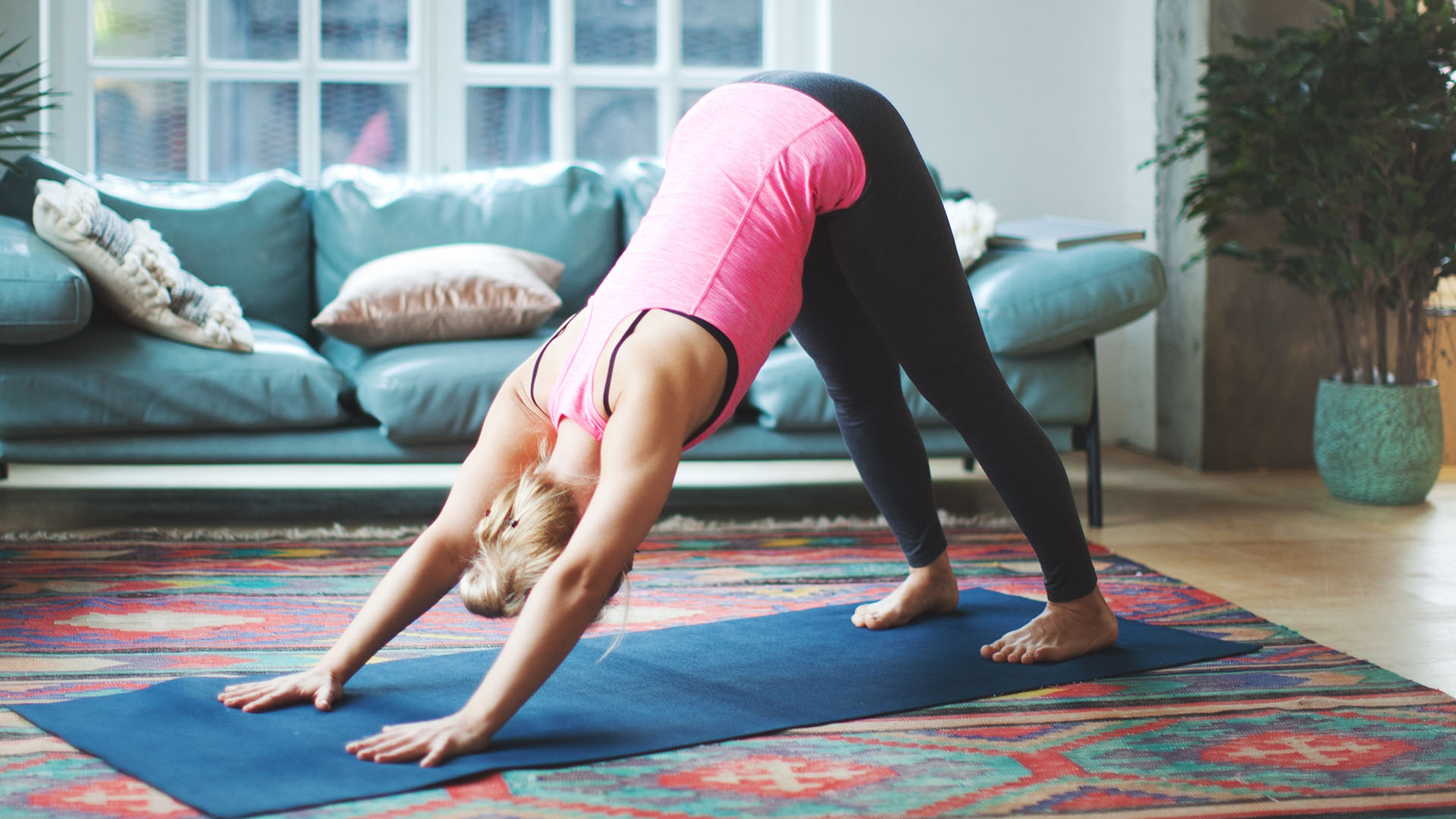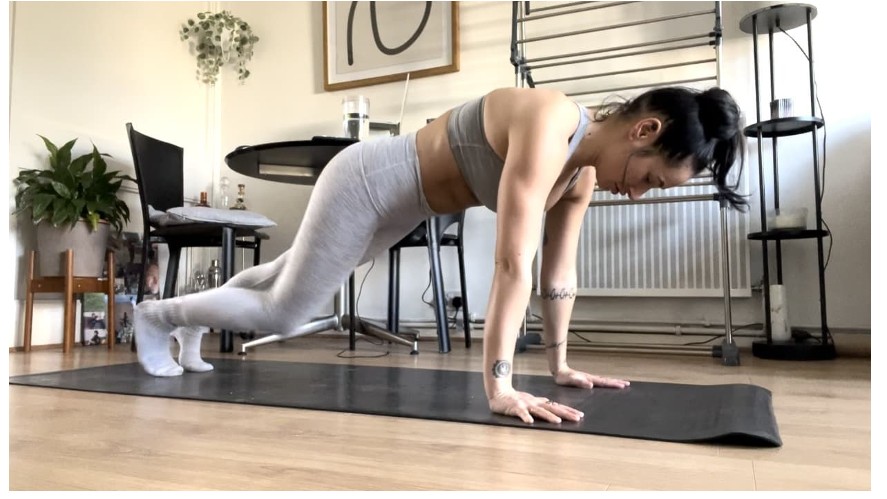This is what yoga can do to your body
Taking up regular yoga could improve flexibility, increase muscle strength and tone, and boost your mood, but the benefits don’t stop there.
Yoga is a wellness practice that creates harmony in the mind, body, and breath. There are many types of yoga practice, and different ‘schools‘ of yoga will offer up unique benefits. Classes like hot yoga could ramp up your heart rate, burn calories, and leave you slick with sweat, while Yin yoga involves deep stretches to release muscle tension and improve joint mobility.
Regardless of style, most sessions last anywhere between 30 to 90 minutes and include breathing and meditation exercises and a series of postures called asanas designed to target and strengthen most major muscle groups.
If you plan to try yoga, grab one of the best yoga mats to support your practice, and this yoga for knee pain routine is suitable for beginners.
The benefits of yoga
Here are the benefits of yoga and what the practice can do for your body.
It improves flexibility
Good news — yoga can make you more bendy. We can’t guarantee you’ll be cartwheeling out of class, but through a series of challenging stretches, asanas, and balances, a regular yoga practice could improve joint health and increase overall strength and flexibility.
One pilot study (opens in new tab) found that a six-week Iyengar practice consisting of 90 minutes per week significantly increased flexibility, particularly in the erector spinae (the muscles that support your spine) and hamstrings. Better movement in the spine could also improve lower back pain with regular practice.
Moreover, heated yoga classes relax soft tissue, allowing you to find more depth and range of motion in your poses. A Physical Therapy in Sport (opens in new tab) study found that applying heat to muscles could enhance stretching efficacy.
It burns calories
Like most exercise, yoga supports weight loss, but not alone. Managing factors like stress and prioritizing sleep, diet, and exercise are key players if your goal is weight loss.
While you’re unlikely to blitz through calories in slower-paced classes like Yin or hatha, turning up the heat on your practice could burn more calories. Hot yoga and heated Vinyasa classes are taught in balmier temperatures, increasing your heart rate and making you sweat. Because your body must work harder, this could boost metabolism.
Classes like power or rocket yoga are faster-paced and incorporate “flow” — continuous movement — closer to cardio than traditional yoga styles. These classes are generally more challenging, which could also help you burn more calories. One study (opens in new tab) tracking 50 overweight middle-aged and young women showed improvement in every index like body fat after doing yoga regularly for one year. And as research published by the Journal of Physical Activity and Health (opens in new tab) discovered 60 minutes of Vinyasa only burned slightly fewer calories than brisk walking.

It builds stronger bones and muscles
Weight-bearing exercises build strength in your muscles and bones, which is why calisthenics (bodyweight exercises) are so efficient at keeping your body strong and nimble. Yoga slots nicely into the same category, and through a series of exercises that challenge strength and balance, you can expect the results to follow.
Studies (opens in new tab)into Bikram yoga (a fairly controversial form of hot hatha yoga) found the practice could improve lower body strength, upper body range of motion, and balance in healthy adults. Yoga participants also experienced increased deadlift strength and shoulder flexibility. We knew the downward dogs were worth it.
It improves mood
Cortisol (the stress hormone) has its purpose — it’s the hormone you rely on to activate fight-or-flight if you’re under threat — but it also heightens anxiety. Deep breathing and gentle movement are just what the doctor ordered.
The meditative component of yoga could reduce stress levels. By focusing on breathing and connecting the breath and body, you can switch from the sympathetic nervous system to the parasympathetic nervous system, which is your rest and repair state.
Yoga could also improve mood and decrease anxiety. Research (opens in new tab) into the effects of yoga and stress found a significant improvement in stress levels following yoga practice, and because it improves body awareness, people feel more connected to ‘self.’

Better cardio
There’s a lot more research to be done concerning yoga and aerobic gains, but hotter, faster-paced classes will get your heart and lungs working. Exercising in heat provides a cardio workout, and when your body works harder, you’re more likely to get your blood pumping and burn calories.
It helps sleep
The mindfulness aspect of yoga could improve your sleep. The Sleep Foundation (opens in new tab) recommends practicing before bedtime to help improve the efficiency of your snooze, and according to the NHIS (opens in new tab), 55% of dedicated yogis reported better sleep. I recommend this bedtime yoga routine you can do from home. Moreover, stress is one factor known to disrupt sleep, so by soothing your stress levels, slumber should come more naturally, too.
Next up: Here’s what an hour of Pilates can do for your body and here’s what 30 minutes on an exercise bike can do to your body.
For all the latest Technology News Click Here
For the latest news and updates, follow us on Google News.
